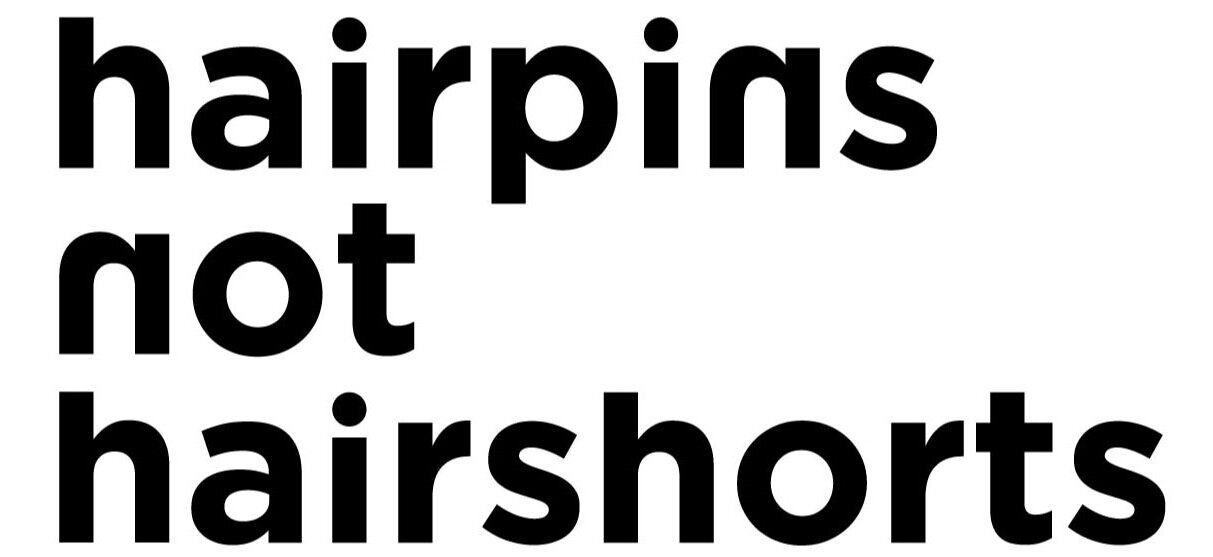Don't forget to hydrate: five questions with Osmo Nutrition
After a massive bonk on a trip to Majorca and the saltiest jersey stains I’ve ever seen riding the Furka four weeks ago, I started getting emails from nutrition companies with sample offers. I took Osmo Nutrition up on theirs on the recommendation of their comms person, curious to see if it actually works.
I pretty much gave up on drink mixes two years ago. I got sick of the taste, sick of gut rot, and subsequently switched to water, even on long hot rides. This was a mistake, it turns out, and probably contributed to my salt stained kit and severe muscle cramps on efforts of 2000ms or more. But hey. Live and learn.
So I’m back to off-the-shelf mixes, and I’m starting with Osmo. I asked the team behind Peter Sagan’s favourite powder how they started working together, how salty people like myself could become less so and what makes Osmo different from the other nutrition you find at your LBS. Here’s an exert from that conversation. If you’re struggling with hydration on long summer rides, it might help.
It’s what inside that counts, and in this case, some calories and sodium seem to go a long way.
Sagan has a reputation for working only with companies he likes...Who approached who for the sponsorship, and what has it meant to the company since he started endorsing it?
Peter is a great friend and fan of Osmo. Ever since helping Peter during a particularly hot stage of the 2013 Tour of California in conditions that typically led to cramping for him he has relied on Osmo for the best hydration and nutrition advice. Peter knows what works for him and trusts us to help optimize his performance when racing and training.
What makes Osmo different from other performance/hydration products?
Osmo uses all-natural ingredients, is low in sugar and includes a precise ratio of sodium and glucose to be the fastest way to re-hydrate your body. Too much sugar found in other sports drinks can actually have the opposite effect and dehydrate you because they have a high osmolality, or amount of substance found in a solution. These drinks will sit in your stomach and use your own body water to absorb it. This is called "reverse flux" and it effectively dehydrates you while slowing gastric emptying, causing GI distress and heaviness.
What's best hydration practice before and after long rides? Is water enough? What about homemade brews, which a pinch of salt and maple syrup, versus Osmo?
You lose body water faster than you can replenish it by drinking plain water. The precise ratio of sodium and glucose enables Osmo to work 3x faster than plain water to rehydrate your body so that you can stay hydrated once you start sweating. For long rides, we recommend one bottle of Active Hydration per hour, unless in warmer conditions, in which case 1-2 bottles per hour.
Salt and maple syrup are better than plain water alone, but Osmo has been specifically formulated, based on peer-reviewed science to be the fastest possible way to rehydrate orally. It is difficult to achieve the right osmolality without exact measurements of ingredients, especially in your kitchen.
What kind of hydration practices are happening during the summer grand tours? Any insights from among the athletes using Osmo?
Typically riders consume significantly more than 1 bottle per hour while they are racing. For example in the Vuelta Espana last year some of the Bora riders were drinking 4 bottles per hour on some stages because of the heat! All the bottles for the team are filled in the morning and put into ice chests and each follow car will have one for the entire stage. Sometimes riders bring bottles back to the team car but more often are tossed as souvenirs for fans alongside the road. Most ProTour teams will go through 2,000-2,500 bottles throughout the duration of the Tour. Riders will keep a bottle of hydration with them at all times during the 3 weeks when off the bike too as they will finish each stage dehydrated, and being dehydrated hampers recovery.
How important is hydration to an overall endurance diet?
Hydration is ABSOLUTELY critical to your performance and overall endurance. In fact, most people don't know that when you begin to feel thirsty, you're already at a 2% loss in water, which translates to an 11% loss in top-end power. Keeping your hydration and source of calories separate is the key to maximum effectiveness of nutrition. Osmo believes that food should be in the pocket and hydration in the bottle so that digestion doesn't slow down hydration.
Stay thirsty, friends.




